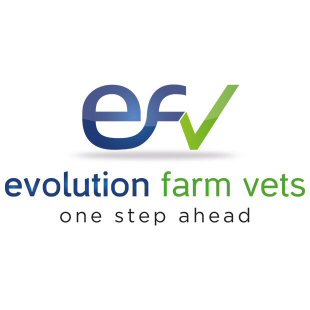What is Johne's?
• Incurable disease caused by Mycobacterium Paratuberculosis (MAP)
• Johne's is fatal
Sources of infection for calves (Infection normally occurs in first few weeks of life)
• Faeces from a shedding animal – either through direct contact via teats/colostrum/ milk while still on dam or contact with other infected adult cattle, or indirect contact – e.g. contamination of calf-housing or equipment with faeces from infected adult
• Colostrum and milk: spread can be wide where colostrum is pooled
• Vertical transmission from dam (through placenta)
• Infection normally occurs in first few weeks of life
One or more of the following clinical signs suggest that Johnes infection may be present (Signs do not present until animal is 2-6 years of age)
• Chronic diarrhoea in the absence of an obvious cause
• Weight loss despite a healthy appetite
• Milk yield less than 80% of expectation (i.e. milk drop)
Control measures:
• Early identification of infected animals is crucial
• Ensure colostrum is not pooled
• Provide individual calving pens so that any unknown infected animals will not be able to pass the disease to multiple calves at calving.
• Hygiene at calving and in the calf rearing shed will reduce spread
• Test all bought-in animals.
Diagnosis
(a) Dairy herds
• Take a bulk milk sample to determine level of infection in the herd or
• Take milk/blood samples from all animals in their second or higher lactation
• Follow-up all positive blood results with faecal samples
• Remove all positive cases (and their offspring) from the herd
• Do not retain the current calf for breeding
• Repeat the herd test after 12 months to reassess the situation
FOR NMR MILK RECORDING HERDS: MAKE LIFE EASY! Sign up to the NML Herdwise Johne's Screening Programme. This uses the same milk samples already collected for Johnes tests and thus requires no extra action at all.
(b) Beef herds
• Blood sample from all cows which have had 2 or more calves
• Follow-up all positive blood results with faecal samples
• Remove all positive cases (and their offspring) from the herd
• Do not retain the current calf for breeding
• Repeat the herd test after 12 months to reassess the situation
